Sewing Pattern: How Much Fabric?
Introduction
When starting a new sewing project, one of the most common questions that comes to mind is “How much fabric do I need?” Whether you’re a beginner or an experienced sewist, estimating the right amount of fabric for your sewing pattern is crucial to ensure a successful project. In this article, we will guide you through the process of determining how much fabric you will need for your sewing patterns.
Measuring Your Fabric
Prior to estimating the fabric required, it is important to carefully measure your pattern. Typically, sewing pattern envelopes provide instructions and guidelines on the amount of fabric needed based on various sizes and garment types. Check the back of the pattern envelope for guidance specific to your chosen pattern.
The measurements provided usually take into account the fabric width, which is commonly 45 inches or 60 inches wide, and the repeat pattern size if applicable. Take note of any additional variations such as sleeve length, collar styles, or other design elements that might affect the fabric requirement.
Calculating the Fabric Yardage
Once you have the required fabric width and pattern measurements, you can calculate the fabric yardage. Most sewing patterns indicate the yardage needed for each garment size. However, it is always advisable to have some extra fabric for adjustments or mistakes that can occur during the sewing process.
To calculate fabric yardage, follow these steps:
- Multiply the fabric width by the length required for your pattern piece.
- If you have multiple pattern pieces, repeat the calculation for each piece.
- Add the yardage required for each piece to get the total fabric yardage.
- Round up the final total to the nearest quarter yard for ease of purchasing.
For example, if your pattern requires a length of 2 yards and the fabric width is 45 inches, the calculation would be:
45 inches width x 2 yards length = 90 square inches
Once you have the total fabric yardage, consider adding extra yardage depending on the complexity of your project and personal preferences. It is better to have a little more fabric than to end up not having enough to complete your project.
Fabric Type and Pattern Repeats
The type of fabric you choose may also impact the required yardage. Some fabrics have a nap or a one-way pattern that requires additional yardage for pattern matching. Fabrics with a directional print, such as stripes or plaids, usually require more fabric to ensure seamless alignment of the pattern.
If your chosen fabric has a pattern repeat, take that into account while calculating the fabric yardage. The pattern repeat is the distance between the starting points of the same design element in the fabric. Ensure you have enough fabric to allow for proper alignment if your pattern requires matching pattern pieces.
Conclusion
Estimating the correct amount of fabric needed for a sewing pattern is essential for a successful project. By carefully measuring your pattern, calculating fabric yardage, considering fabric type, and accounting for pattern repeats, you can ensure you have enough fabric to create your desired garment without any unforeseen complications.
Remember, it’s always better to have a bit more fabric than to run out in the middle of your project. So, take your time, calculate accurately, and happy sewing!
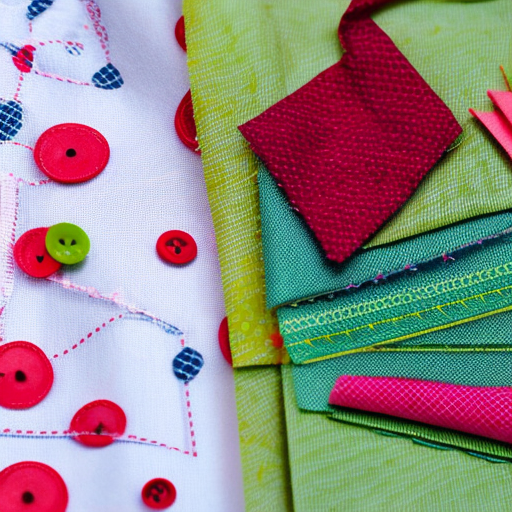
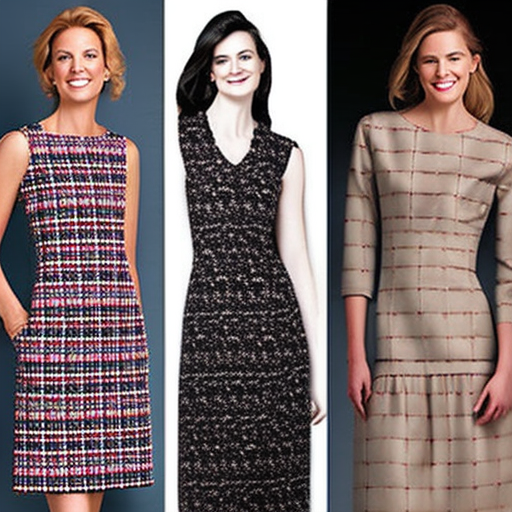
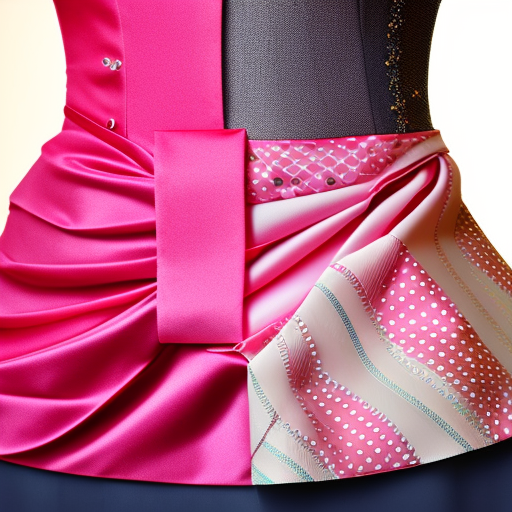
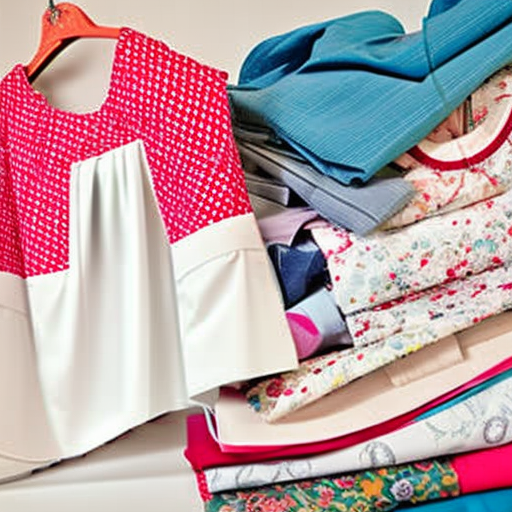
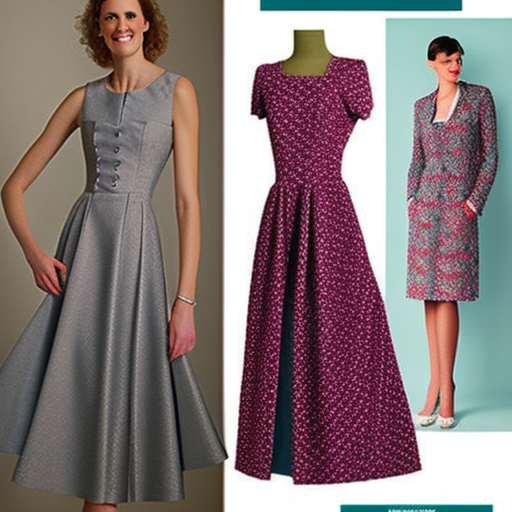
So helpful! #sewing #fabrics
This is a great resource! So helpful for knowing how much fabric to buy for different projects. #sewing #fabrics
Thank you! #sewing #fabrics
Really appreciate this info! #sewing #fabrics
Really helpful! #sewing #fabrics
Useful information!’
Absolutely! Helpful to know. #sewing #fabrics